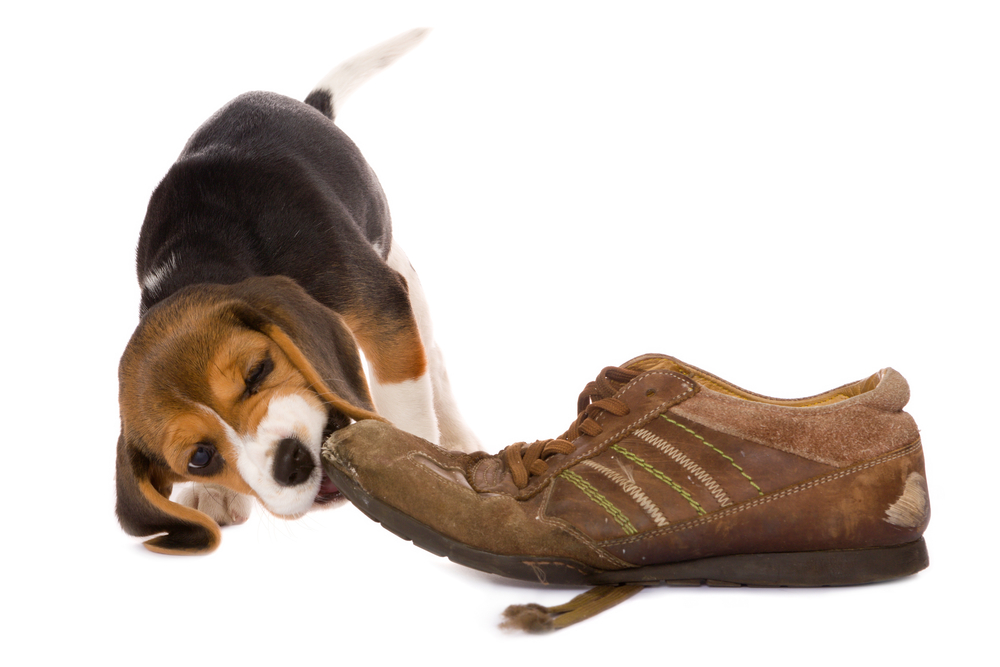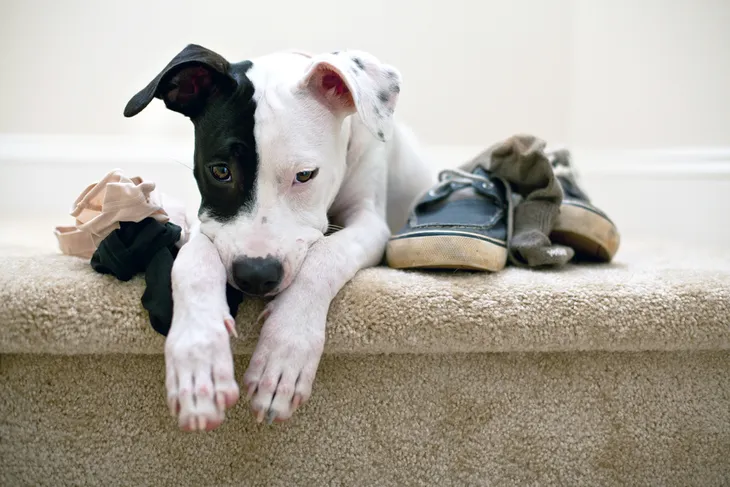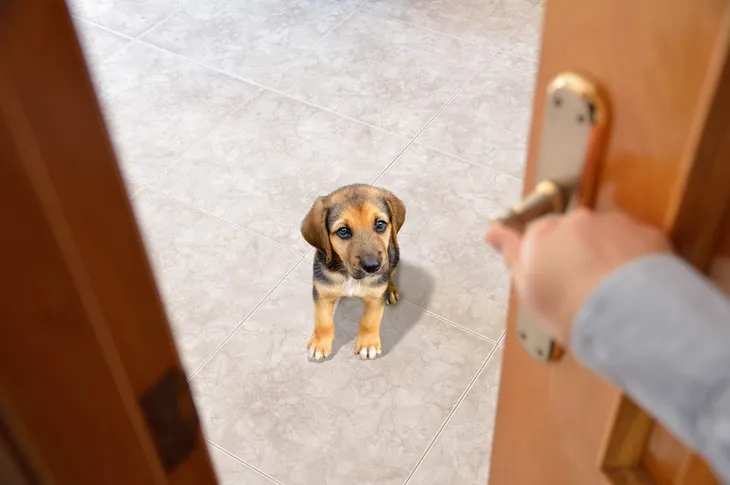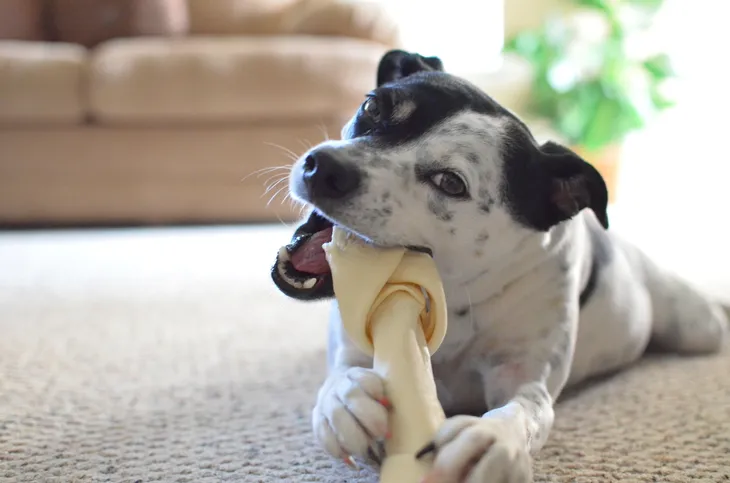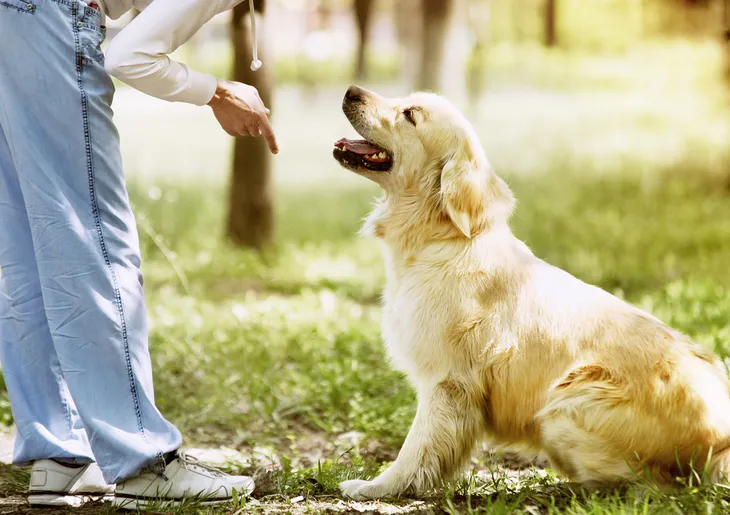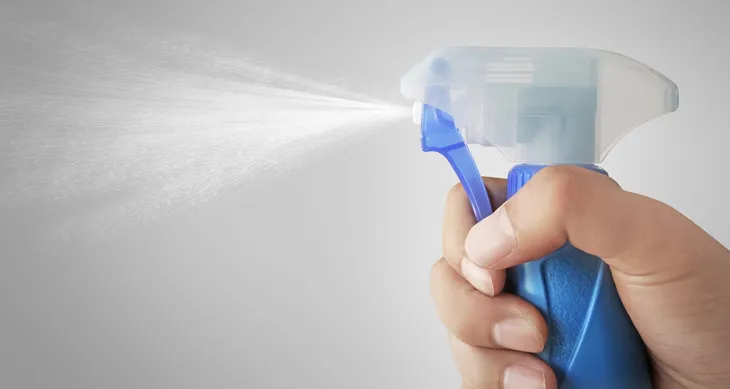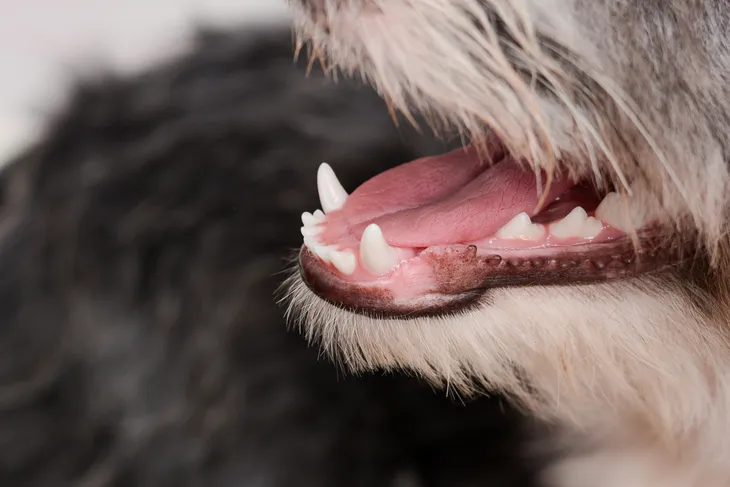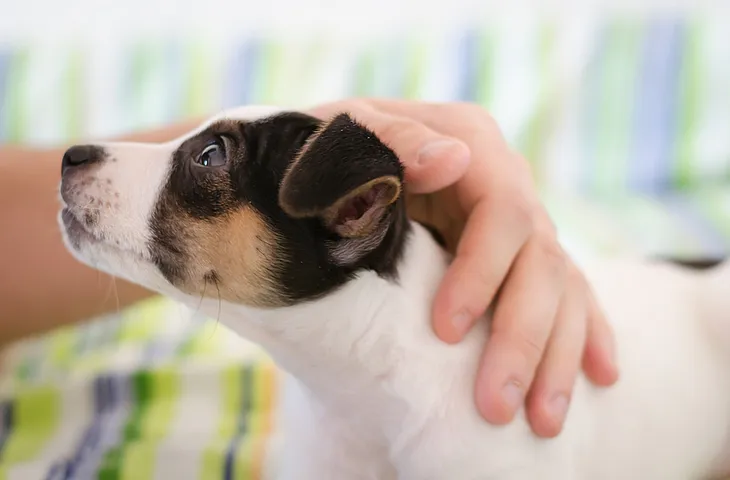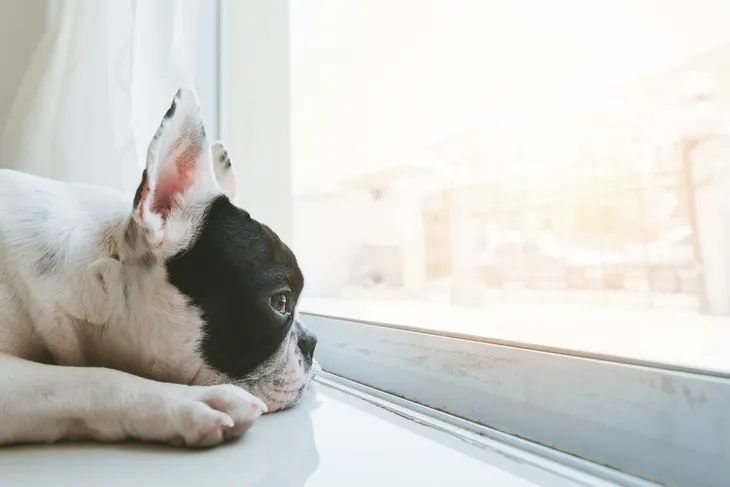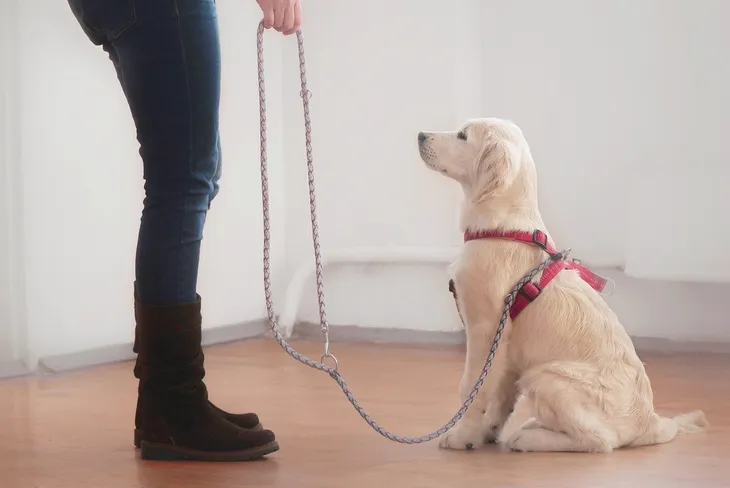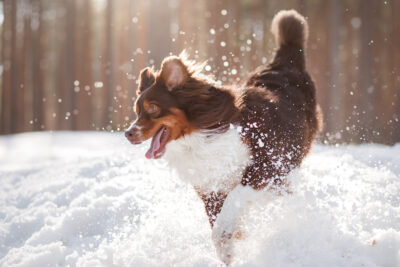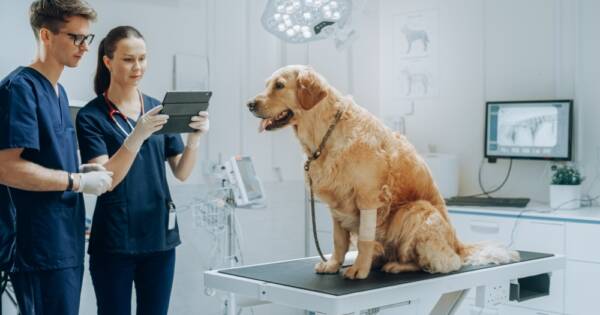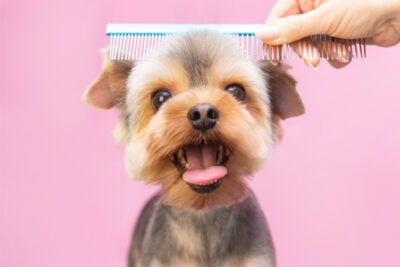Whether you’re dealing with a teething puppy or an older dog that’s suffering from separation anxiety, your canine friend is capable of doing a lot of damage when it’s left home alone. Chewing is a natural but often destructive behavior for dogs, and if they’re ruining your rugs, furniture, or valuables, it’s definitely time to intervene.
In many cases, destructive chewing occurs in pets that are relative newcomers to a home. However, the behavior can manifest even in beloved pets who have been around long enough to know better. Here’s a primer on putting chewing to bed so you can leave your dog alone without worry.
1. Understand The Cause
Dogs chew for many different reasons. In puppies, it’s a way to deal with the pain and irritation that comes with teething. Juvenile dogs may have excess energy to release, and older dogs often chew out of pure boredom. In other cases, it’s a symptom of separation anxiety.
If you’re able to identify the root cause of your dog’s chewing behavior, it will give you a leg up in solving it. Knowing why your dog is chewing enables you to design a specific and targeted prevention strategy, and that will boost your chances of success.
2. “Dog-Proof” Your Home
In the early going, you’ll want to “dog-proof” your home. Go through your home room by room and make sure everything your dog might want to chew on is inaccessible. Place items on high shelves, or locked behind closed closet doors. It may also be necessary to close off certain rooms, such as the living room or family room, so your dog can’t get at furniture.
Remember: if your dog has nothing to chew, it can’t destroy anything.
3. Give Your Dog Its Own Chew Toys
The one problem with the “dog-proofing” method is that chewing is a natural behavior for dogs, and leaving them with nothing to chew on can sometimes make the underlying problem worse. This is particularly true for teething puppies and dogs with separation anxiety.
In addition to removing all items your dog enjoys gnawing on, you should also introduce toys that are specifically there for your pet to chew. Chew toys engage your pet’s natural propensity for chewing by providing a soft, resilient surface that satisfies their urge. Puzzle toys are particularly useful, since they engage your dog for longer periods of time.
4. Use Suitable Punishments
Another way to get your pet to shop chewing on inappropriate items when you’re not home is to correct your dog when you are there to witness its misbehavior. If you see your dog chewing on something it’s not supposed to, the recommended method of punishment is to take the item away, verbally scold your dog, and replace the inappropriate item with a chew toy, or offer your pet a chew treat. This teaches your dog that it is only allowed to chew on specified, specifically approved items.
Never spank or hit your dog. It’s inhumane, and beyond that, it doesn’t get your message across.
5. The Miracle of Chew Deterrents
If things aren’t improving despite your best efforts, maybe it’s time to consider a chew deterrent.
Chew deterrents are spray products that coat objects in safe but unpleasant tastes and odors. Spray some deterrent on an item your dog enjoys chewing on, such as an old sock. It will react to the unpleasant odor and taste by spitting the item out. At this point, the negative association between chewing and the yucky odor and taste is established.
Then, spray the deterrent on objects throughout your home that your dog chews on. Chances are you’ll see an immediate reduction in destructive chewing.
6. Don’t Confuse Your Dog
You might think it’s helpful to offer your dog an old, worn-out shoe or something similar to chew on. However, all it will actually do is confuse your dog by making it think that it’s allowed to chew on certain household items. Your dog will not understand that it is all right to chew on old, worn-out shoes but not nice, new shoes.
Instead, as previously suggested, stop your dog from chewing on any household item, scold it, and replace the item with a chew toy or chewy treat.
7. Confinement
If training your dog not to chew on things still isn’t working, or if you’ve got to go out for a while and you don’t quite trust your dog to be on its own, the confinement method may be necessary. Some pet guardians prefer not to use this method, but as long as it’s implemented humanely and in the least restrictive possible manner, confinement is perfectly safe and acceptable.
Try confining your dog in an out-of-the-way room. Fill the room with chew toys, and make sure there is nothing inappropriate for it to chew on. Alternately, you can use a pet crate. Be sure to leave your pet some water if you’re going to be away for more than an hour or so.
8. Identify Favorite Chewing Targets and Move Them Away
If you notice that your pet enjoys chewing on particular items, make sure they are completely inaccessible to your dog at all times. For example, many dogs like to chew on dirty socks. Put them in a closed hamper rather than leaving them on the floor.
It is especially important for you to use denial strategies because many dogs like to chew on things that are dangerous. Items that could become lodged in their throats, and small items that can be torn to shreds both pose serious choking hazards.
9. Extra Exercise
One of the primary causes of destructive chewing is a lack of exercise. If this is what’s at the root of your pet’s behavior, you may be able to solve it simply by making sure your dog gets in a good workout before you leave it alone.
Take your dog out for a run, play fetch, or let it loose in your back yard for an hour or two before you leave home. When you bring your dog inside, it may be so worn down from exercising that it will sleep while you’re gone instead of prowling around looking for things to gnaw on.
10. Avoid Upsetting Your Dog
Dogs sometimes chew because they are upset or anxious. For example, if they are forced into close proximity with another household pet that they don’t like, they may start to chew as a stress reaction. In essence, dogs often express frustration by chewing and biting inanimate objects.
If this explanation applies to your pet’s behavior, it’s recommended that you avoid upsetting your dog to the greatest possible degree. Of course, this isn’t always possible, so keep a chew toy on hand for situations you can’t control.
11. Don’t Show Guilt
Some animal behavior experts note that a pet’s destructive chewing can be set off by cues it picks up from its owner. If you’re leaving your home and your pet senses that you feel guilty about leaving it alone, it will sense this and become anxious. In such a case, you should expect to be greeted by some destruction when you return home.
Instead, try not to show your pet any kind of special attention before you leave. This method can work very well, but generally for shorter periods of absence.
12. Professional Training
If you’ve tried everything and you’re at your wit’s end, it may be time to consider investing in professional training. This can be well worth the cost, especially if your pet’s destructive chewing has left you in need of some new pieces of furniture.
Professional dog trainers will introduce you to proven, effective methods for getting your dog to curb its destructive chewing. Several sessions may be needed to make progress, but this is a surefire way to put an end to the chewing if it persists.
